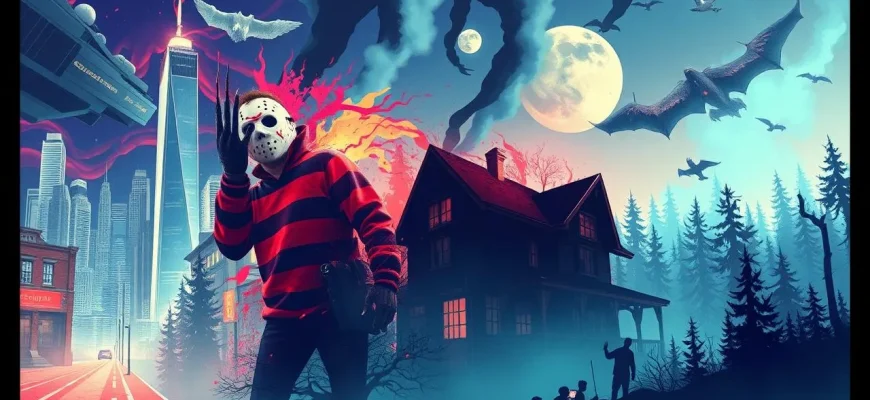This curated list of horror films focuses on those that have pushed the boundaries of special effects, creating unforgettable scenes that have become iconic in the genre. These films not only provide chills and thrills but also showcase the evolution of visual effects in cinema, making them a must-watch for both horror enthusiasts and cinephiles interested in the art of filmmaking.
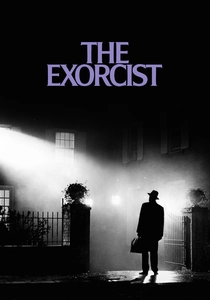
The Exorcist (1973)
Description: While not known for CGI, its practical effects like the head-spinning scene and the use of makeup to create Regan's demonic appearance are legendary.
Fact: The film's special effects were so convincing that many viewers believed the film was cursed, leading to numerous urban legends.
 Watch Now
Watch Now
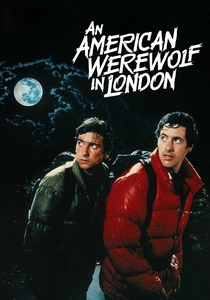
An American Werewolf in London (1981)
Description: Known for its pioneering transformation scene, this film set a new standard for werewolf movies with its detailed and horrifying special effects.
Fact: Rick Baker won the first-ever Academy Award for Best Makeup for his work on this film. The transformation scene took six months to film.
 Watch Now
Watch Now
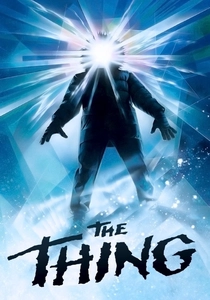
The Thing (1982)
Description: This film is renowned for its practical effects, particularly the grotesque transformations of the alien creature, which were groundbreaking at the time.
Fact: The special effects team, led by Rob Bottin, worked for over a year to create the film's iconic creature effects. John Carpenter initially wanted to use stop-motion for the creature effects but switched to practical effects due to time constraints.
 Watch Now
Watch Now
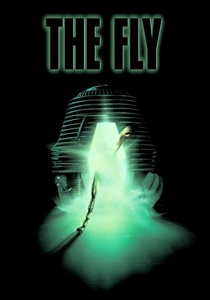
The Fly (1986)
Description: David Cronenberg's remake is famous for its visceral body horror effects, particularly the transformation of Seth Brundle into "Brundlefly."
Fact: The film's special effects were so realistic that some viewers reportedly fainted during screenings. Chris Walas, the special effects artist, won an Academy Award for Best Makeup.
 Watch Now
Watch Now
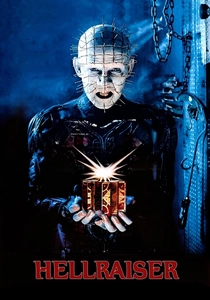
Hellraiser (1987)
Description: Clive Barker's film features memorable creature designs and practical effects, particularly the Cenobites, which have become horror icons.
Fact: The film was made on a low budget, and many of the effects were created using household items and DIY techniques.
 Watch Now
Watch Now
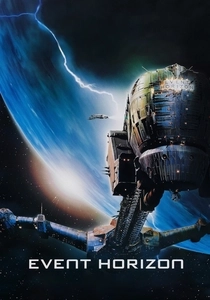
Event Horizon (1997)
Description: This film uses a mix of practical effects and early CGI to create a chilling atmosphere and horrifying visions of hell.
Fact: The film's original cut was much more graphic, but it was toned down to secure an R-rating.
 Watch Now
Watch Now
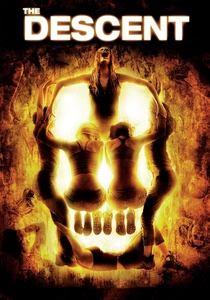
The Descent (2005)
Description: The film's use of practical effects to create the cave-dwelling creatures adds to the claustrophobic and terrifying experience.
Fact: The creatures were designed by Paul Hyett, who also worked on the makeup for "Harry Potter and the Goblet of Fire."
 Watch Now
Watch Now
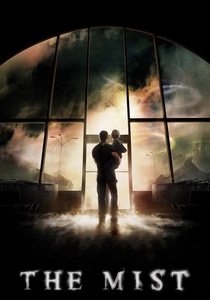
The Mist (2007)
Description: Frank Darabont's adaptation of Stephen King's novella features impressive creature designs and effects, enhancing the film's tension and horror.
Fact: The film's ending was changed from the novella, creating one of the most shocking and discussed conclusions in horror cinema.
 Watch Now
Watch Now
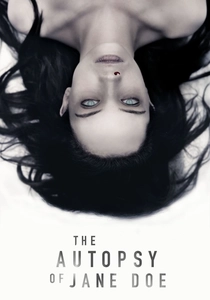
The Autopsy of Jane Doe (2016)
Description: This film uses subtle yet effective special effects to build suspense, particularly in the autopsy scenes where the body begins to show supernatural signs.
Fact: The film was shot in a real morgue, adding to the authenticity of the setting and effects.
 Watch Now
Watch Now
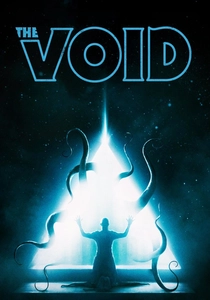
The Void (2016)
Description: A modern homage to practical effects, this film features grotesque body horror and Lovecraftian creatures, all done with minimal CGI.
Fact: The film was crowdfunded, and its special effects were created by the same team that worked on "Manborg."
 Watch Now
Watch Now

